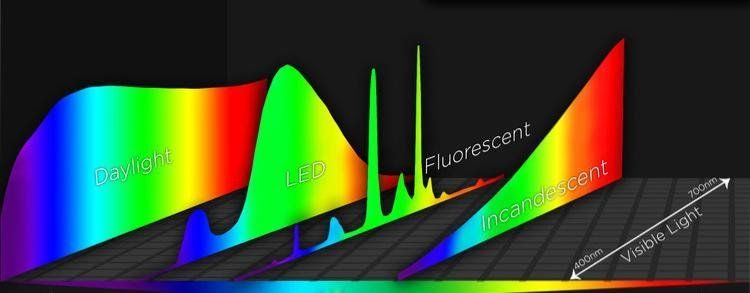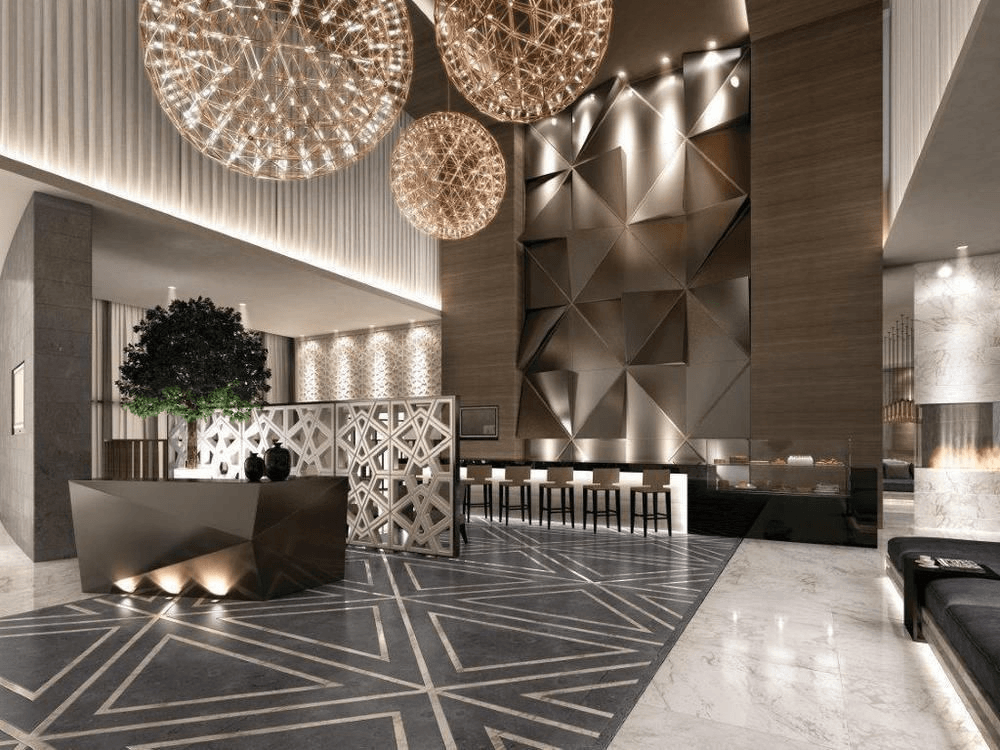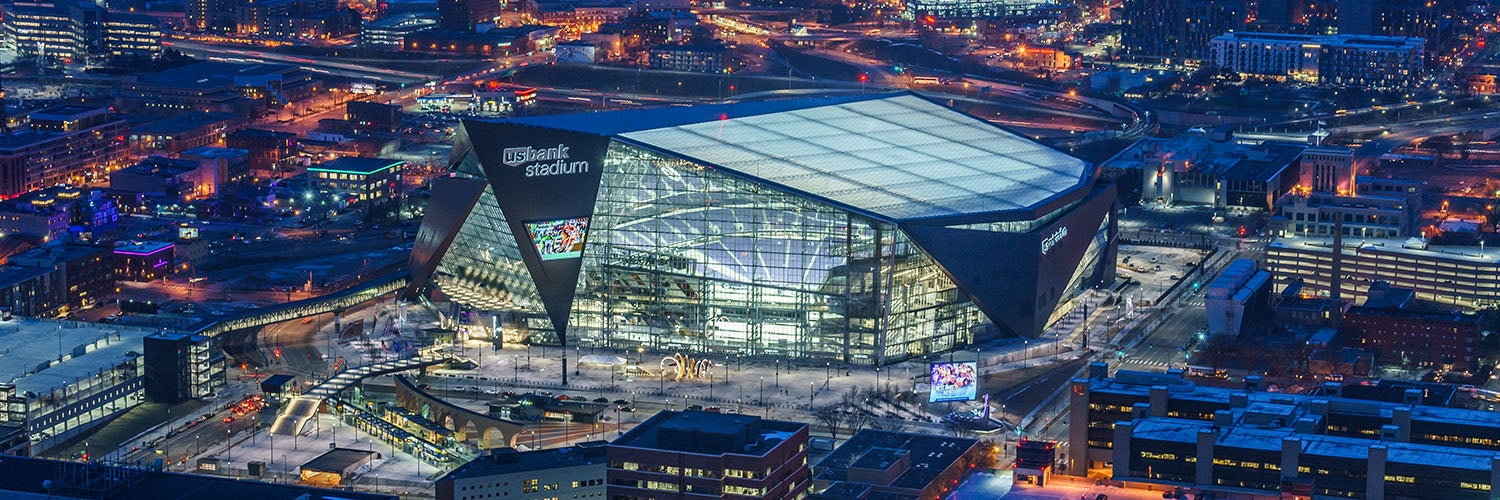LED Upgrade Spotlight: Upgrading HID to LED
High Intensity Discharge (HID) lamps are specialty bulbs that, as their name suggests, have high light output. The most common modern-day use for HID bulbs is in car headlights. Xenon bulbs, which are typically aftermarket add-ons and burn in very bright, often especially blue colors utilize HID technology. However, there are more applications for these kinds of bulbs than just headlamps for vehicles.
HID lamps are often used in commercial or industrial applications. They burn brightly but can also become extremely hot. As a result they are often located in places that are difficult to access in stadiums, gyms, warehouses, parking garages, and the like. Even something as “simple” as changing a bulb can mean quite a bit of expense especially if specialty equipment is required to access the application.
In addition to the fact that they can be difficult to access, they are also costly. But as expensive as HID bulbs can be, a full LED retrofit can also require a significant financial investment. So when is the best time to retrofit your HID installations to LED and, perhaps more importantly, what is the best way to go about doing that?
In general LEDs have some specific benefits over traditional lighting. But things like energy savings, reduced maintenance, and higher light quality are especially evident when comparing them to HID lamps including metal halide and high-pressure sodium. HID lights can lose their efficacy rather quickly. They also often score lower on the CRI than LEDs and incandescents do, meaning the quality of light they emit even when brand new is already inferior to LEDs, and as they degrade over time, the light quality erodes with them. Energy cost savings can be significant, but the question really becomes whether the savings will offset the cost of the retrofit itself. And if so, how quickly?
NOTE: it’s important to remember that HID lamps require a ballast, which can add an additional layer of complexity to a retrofit both in terms of cost and labor.
Plug-and-play replacements (UL Type A)
The easiest and least expensive way to upgrade your HID lamps to LED would be these plug and play lamps that work with the existing ballast and the existing fixture. There are potentially some very serious problems with these products and the way they could react with your existing fixtures.
Pros
- Simple installation. This is the biggest pro for the plug-and-play option. Since you are only replacing the bulb, there is no rewiring and no extra labor.
- Low upfront cost. This is the least expensive LED option for upgrading your HID lighting.
Cons
- Safety. The integration between an LED and an existing ballast can potentially cause problems. This can lead to LEDs not working, flickering, and burning out early. Also, heat becomes a concern in enclosed fixtures, potentially leading to fires.
- Maintenance costs. The plug-and-play option uses the existing ballast. If the ballast and the bulb are on different life cycles, you can incur additional maintenance costs to replace the ballast, too.
- Ballast compatibility. Depending on the age of the ballast and the level of technology in the LED, we often see compatibility issues. If the ballast does not work with the LED or vice versa, the LED does not have good compatibility. This will create the need to replace the ballast alongside the bulb at the time of replacement, increasing your retrofit cost significantly.
Ballast-bypass or direct wire (UL Type B)
This is slightly more complicated than our first option, but it’s safer and by removing (or bypassing) the ballast entirely, you eliminate any compatibility issues. Simply rewire the fixture so that the electricity flows directly to the LED bulb.
Pros
- Safety. When wired correctly this option removes the risks associated with trying to use an old ballast with new technology.
- Fewer problems. By removing the ballast you remove any compatibility problems that might have arisen when using an LED in the HID ballast.
- Energy savings. Drastically reduce your energy consumption by eliminating the power-hungry ballast while also using LEDs which require much less electricity than the HIDs they’re replacing.
Cons
- Costly. Rewiring the fixture to bypass the ballast can be expensive. A qualified electrician from HardWire Lighting should perform this kind of work.
- Product design. It’s possible the product won’t fit your existing fixture. One way to fix this is to know ahead of time which LED you want to use, but ultimately there are many LED options available and though it may take some searching, you should be able to find something to suit your purposes.
- Fixture design. HID fixtures were designed to maximize light from a HID bulb. Because of how they’re constructed, LED lights behave differently so the fixture may not look or disburse light in the same way depending upon the product you choose. However, there are many technologies that can help address this issue.
- Backwards compatibility. Should you decide to go back to HID bulbs for some reason, it will require additional labor and expense as the HID lamps won’t work without the ballast. If you leave the ballast in place rather than removing it entirely, you could simply rewire the ballast back into the circuit. But that still involves more labor cost.
- Title 24. In California, where HardWire is located,
Title 24 requirements must be met when retrofitting existing fixtures by replacing the ballast. It is best to familiarize yourself with these requirements before doing the work of rewiring everything.
LED lamp and driver (UL Type C)
This method requires you to remove the HID ballast and replace it with an LED driver. At that point you can add a light array or lamp.
Pros
- Light output. If you are looking to convert higher lumen HIDs (400W, 600W, 750W, 1000W), and you want to keep the existing fixture, this application provides the options to meet the higher light outputs.
- Energy savings. Drastically reduce your energy consumption by eliminating the power-hungry ballast while also using LEDs which require much less electricity than the HIDs they’re replacing.
- Price. This application gives you the components of a new LED fixture without the price of a new fixture.
Cons
- Installation costs. Because you would be changing the components inside a fixture, the installation costs are usually higher. In some states, this type of product installation requires a different level of licensing.
- Material costs. Compared to a plug-and-play or ballast-bypass, an LED lamp and driver will have higher upfront material costs.
- Title 24 requirements. In California, there are new Title 24 requirements that need to be met when you retrofit existing fixtures by replacing the ballast. Most Type C systems will meet Title 24 requirements, but it’s still advisable to be sure before embarking upon any expensive changes to your system.
Fixture retrofit
While this is the most expensive option, it also has the largest potential for long term gains. LED fixtures have the longest life of all LED options. You can think of this option like buying a newly-constructed home versus a hundred-year-old house. You’ll likely wind up doing a lot more maintenance on the older building.
Pros
- Best light output. LED fixtures can produce great light, and can be specifically designed to fit your application.
- Longest life. For example, many LED shop lights have an expected lifespan of 50,000 hours, or nearly 45 years.
- Less maintenance. HardWire offers an industry-leading 5-year warranty on all products. Should something go wrong, not that we expect it to, we’ll make it right.
- Energy savings. Replacing the entire fixture will give you the most energy savings long-term.
Cons
- Highest upfront product cost. Replacing the entire fixture is costly, but the energy savings are ultimately worth the initial investment.
- Highest upfront labor cost. As we’ve seen, anything that requires rewiring will cost more money. Rewiring plus fixture replacement is going to be the most expensive of these options. But with better fixtures comes better, more efficient light.
Ultimately a full fixture retrofit may not be in everyone’s budget. With that in mind, we typically recommend the ballast bypass method. It’s the most cost effective and still provides the energy savings you’re looking for.
No matter your retrofit project or budget, HardWire Lighting has the expertise you require.
Contact us today for a free consultation.





